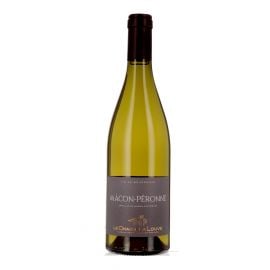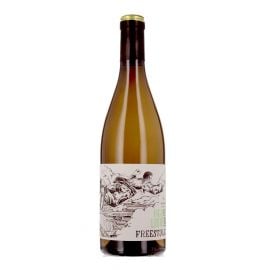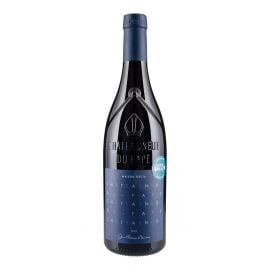No matter how much you love cheese, it's difficult to know them all unless you're a cheesemonger! Here are some helpful tips and reminders on how to impress your guests and get to know your cheese a little better!
Fresh cheeses These types of cheeses are typical, they’re are young, soft and fresh. As soon as the cheese is drained, they are packaged and typically eaten with a spoon with a little salt, or a little sweetness. There have no crust. Examples: La Cervelle de Canut, Cottage Cheese...
Soft cheeses with a coloured rind During the production of these cheeses, they are washed with a brine solution to cause fermentation. This gives the crust an orange colour and strengthens the taste and the often bold fragrance. Examples: Munster, Maroilles, PontEveque, Vacherin Mont d'Or...
Uncooked, pressed cheeses Made with cow or sheep’s milk, their pulp is mechanically pressed. Ripening lasts for a long time and it is this slow maturation (from 2 months to over a year) which gives them a subtle flavour. Examples: SaintNectaire, Reblochon, Tomme, Morbier, Cantal...
Goats cheese These are made from at least 50% goat milk, raw or pasteurised. The cheese is white and smooth with a dense and creamy texture which can be slightly sticky or sometimes dry. Their crust can be ashy and there are multiple styles. Examples: SellessurCher, Valençay, Chabichou du Poitou, Crottin...
Soft cheeses with a natural rind During the ripening process, a mold forms on the outside of the cheese often referred to as 'The Flower'. The crust is usually white and quite plain whilst the cheese is soft and creamy. Examples: Camembert, Brie de Meaux, Brie de Melun...
Blue cheeses During the production of blue cheese, they are perforated with small holes that allows mould to develop and add strong, complex flavours. Examples: Roquefort, Fourme d’Ambert, Bleu d’Auvergne...
Cooked, pressed cheeses Cooked cheeses differ because the curds are slowly heated before pressing to increase drainage and are typically hard. They are the source of the alpine cheeses, made in the mountains during the summer then taken into a valley. Examples : Comté, Tomme, Gruyère, Abondance, Parmesan...
- 2 bouteilles de vin finement sélectionnées par notre Chef Sommelier
- Des conseils et astuces pour tout savoir sur les vins
- Découvrez de nouveaux vins tous les mois



